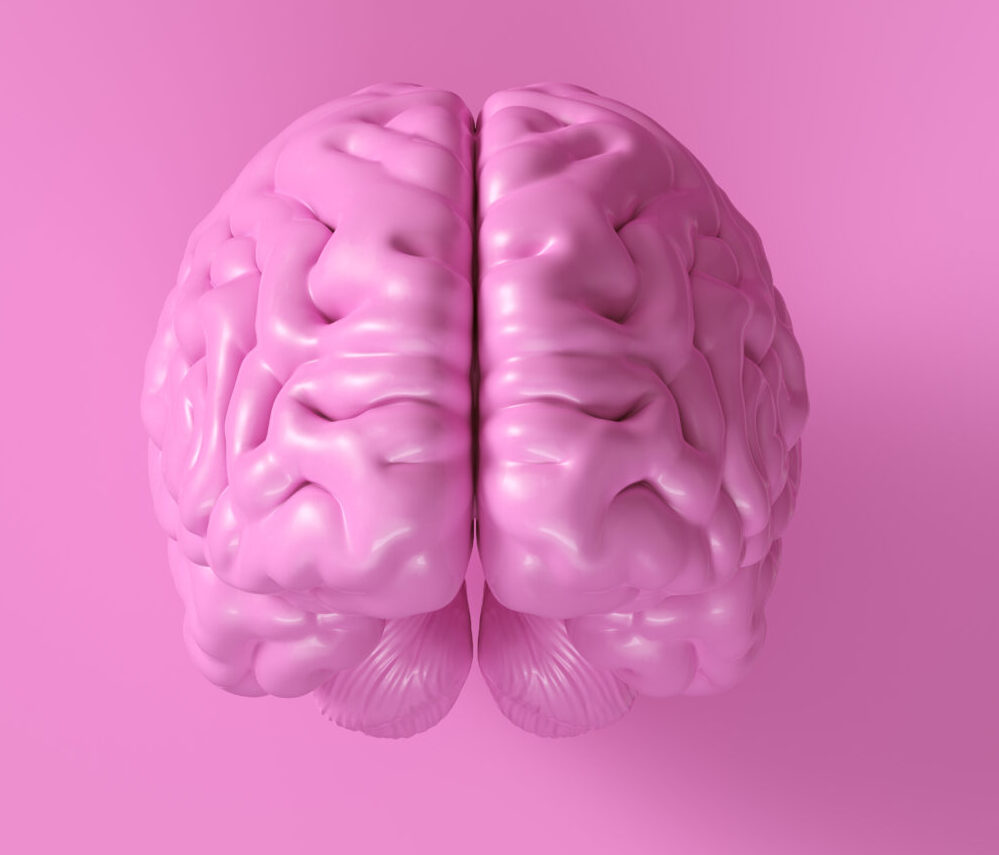Understanding the Role of Synaptic Transmission Failures in Alzheimer’s
### Understanding the Role of Synaptic Transmission Failures in Alzheimer’s
Alzheimer’s disease is a complex condition that affects the brain, leading to memory loss, cognitive decline, and eventually, dementia. One of the key factors contributing to the progression of Alzheimer’s is the failure of synaptic transmission. In this article, we will explore what synaptic transmission is, how it fails in Alzheimer’s, and the implications of these failures.
### What is Synaptic Transmission?
Synaptic transmission is the process by which neurons communicate with each other. It involves the release of chemical signals, called neurotransmitters, from one neuron (the presynaptic neuron) into a gap called the synapse. These neurotransmitters then bind to receptors on another neuron (the postsynaptic neuron), which can either excite or inhibit the postsynaptic neuron, depending on the type of neurotransmitter and receptor involved.
### How Does Synaptic Transmission Fail in Alzheimer’s?
In Alzheimer’s disease, synaptic transmission fails due to several reasons:
1. **Mitochondrial Dysfunction**: Mitochondria are the powerhouses of cells, responsible for producing energy. In Alzheimer’s, mitochondria in neurons become dysfunctional, leading to reduced energy production and increased oxidative stress. This disrupts the normal functioning of neurons, impairing synaptic transmission[1].
2. **Amyloid Beta (Ab) Accumulation**: Amyloid beta is a protein that accumulates in the brains of people with Alzheimer’s. It can interact with proteins like Drp1, leading to excessive mitochondrial fission and increased production of reactive oxygen species (ROS). ROS can damage neurons and disrupt synaptic function[1].
3. **Tau Protein**: Tau protein is another protein that becomes abnormal in Alzheimer’s. It can interact with Drp1, enhancing its activity and leading to more mitochondrial fission. This further exacerbates oxidative stress and synaptic dysfunction[1].
4. **Mitophagy Dysfunction**: Mitophagy is the process by which cells remove damaged mitochondria. In Alzheimer’s, this process is impaired, leading to the accumulation of damaged mitochondria. This accumulation impairs synaptic function and contributes to cognitive decline[1].
5. **Genetic Mutations**: Some people with Alzheimer’s have genetic mutations that affect mitochondrial DNA. These mutations can lead to reduced activity of enzymes involved in energy production, further impairing synaptic transmission[1].
### Implications of Synaptic Transmission Failures
The failure of synaptic transmission in Alzheimer’s has significant implications for cognitive function:
1. **Cognitive Decline**: As synaptic transmission fails, neurons become less able to communicate effectively. This leads to a decline in cognitive functions such as memory and learning.
2. **Neuronal Death**: Prolonged disruption of synaptic transmission can lead to the death of neurons, further reducing the brain’s ability to function properly.
3. **Behavioral Changes**: The decline in cognitive function can result in behavioral changes such as confusion, disorientation, and difficulty with daily tasks.
### Conclusion
Synaptic transmission failures are a critical component of Alzheimer’s disease. Understanding these failures helps us appreciate the complex interplay of factors that contribute to the progression of the disease. While there is no cure for Alzheimer’s yet, research into the mechanisms of synaptic transmission failure continues to provide insights into potential therapeutic targets. By addressing these failures, we may be able to develop more effective treatments to slow or halt the progression of Alzheimer’s disease.





